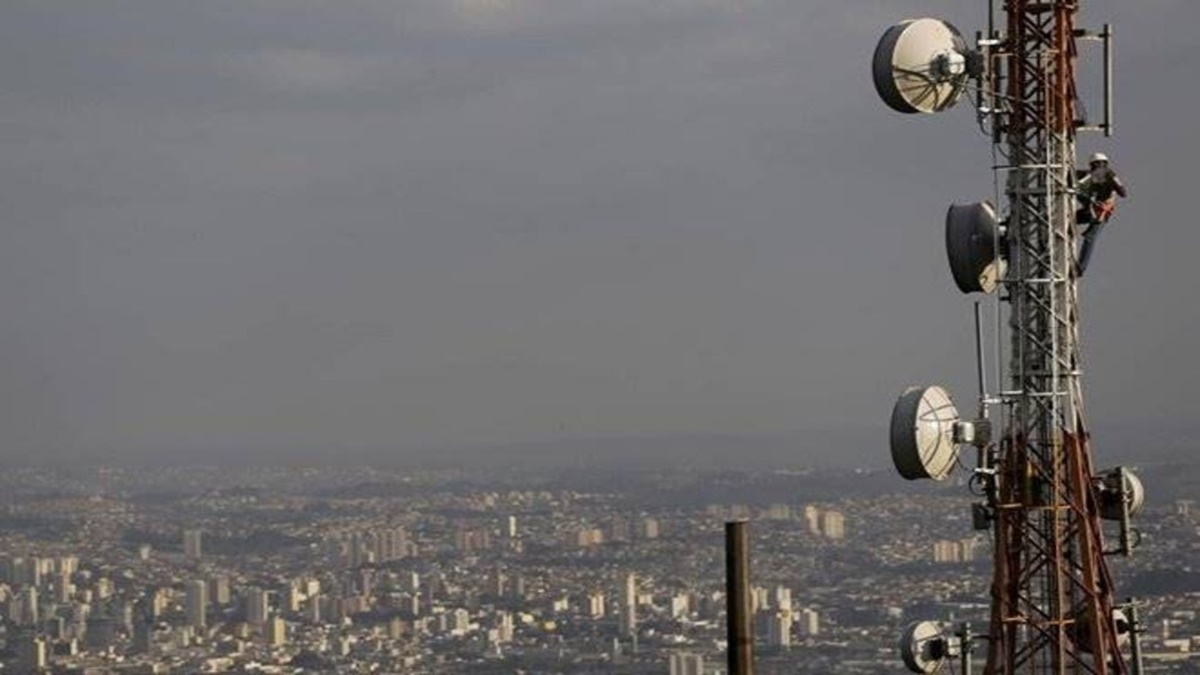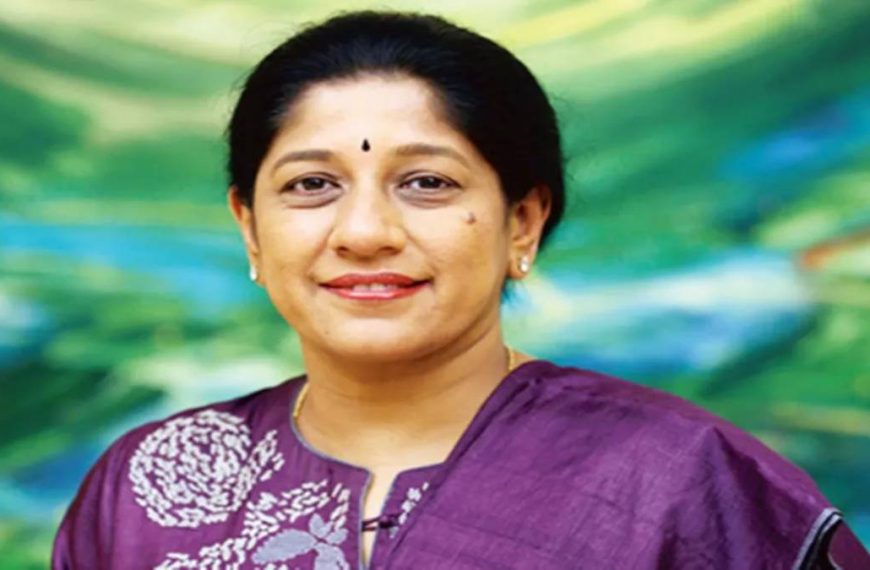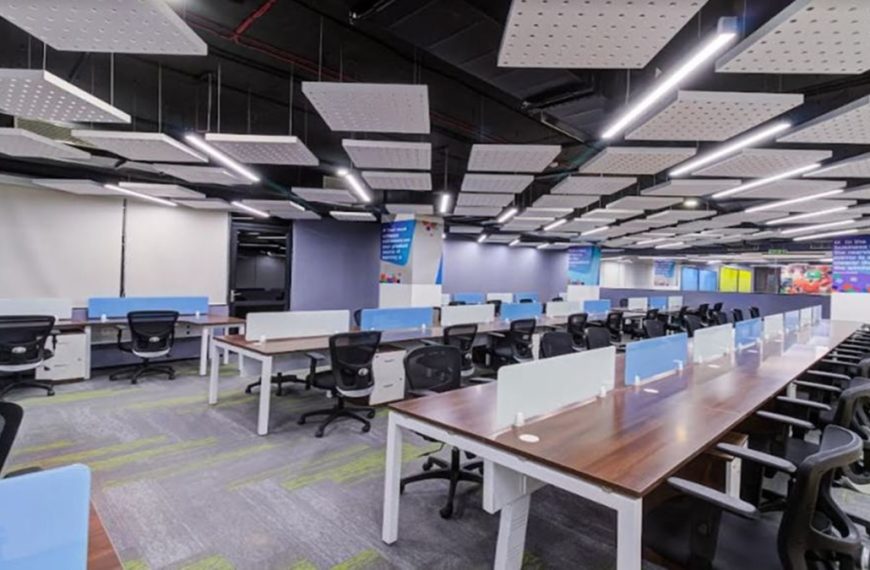In a significant development for the Indian telecommunications landscape, Bharti Airtel and Reliance Jio are forging strategic alliances with Starlink, prompting the Telecom Regulatory Authority of India (Trai) to accelerate its guidelines on satellite spectrum pricing. This move signifies a shift in focus toward deploying satellite services in mobile "dark areas," regions lacking terrestrial network connectivity.
Trai’s Strategic Shift to Satellite Spectrum
The urgency from Trai arises from earlier concerns voiced by major telecom players, including Jio and Airtel. They worried that international satellite communication entities like Starlink and Amazon Kuiper could quickly dominate urban markets without undergoing the standard spectrum auction process. By directing satellite services to underserved areas, Trai aims to level the playing field.
- Key Focus Areas:
- Initial services in mobile dark spots
- Addressing telecom operators’ concerns over market share
The Evolving Landscape of Satellite Communication
Trai is adopting a cautious approach, reflecting the rapid advancements in satellite technology. Currently, standard mobile devices cannot directly access satellite signals, and the cost of satellite services tends to be much higher than traditional mobile plans. However, future technological innovations could alter this scenario, which is why Trai intends to maintain flexibility in its regulatory framework.
- Current Limitations:
- Satellite signals not compatible with standard devices
- Higher costs compared to conventional mobile services
By limiting satellite operations to areas devoid of mobile coverage, Trai can analyze market trends and assess satellite operators’ contributions to closing the digital gap. Satellite broadband primarily aims to provide connectivity to remote regions where traditional infrastructure is impractical, making this cautious rollout essential.
Major Players in Satellite Internet Services
The race to provide satellite internet is heating up, with four prominent companies: Eutelsat OneWeb, Jio-SES, Starlink, and Amazon Kuiper. While OneWeb and Jio-SES have secured regulatory approvals, Starlink and Kuiper are still in the waiting phase.
- Competitive Landscape:
- Eutelsat OneWeb and Jio-SES: Approved
- Starlink and Amazon Kuiper: Pending approval
Given the premium pricing of satellite broadband compared to fiber-based alternatives, government subsidies may be necessary to ensure affordability, especially for rural populations. The Digital Bharat Nidhi initiative could serve as a potential funding source for these projects.
Pricing Disparities and Market Potential
A recent report from Bernstein highlights that Starlink’s pricing is significantly higher—10 to 14 times—than that of leading broadband providers in India. For instance, a 50-200 Mbps Starlink connection could require an initial investment of ₹52,242, with monthly fees amounting to ₹10,469. In contrast, similar fiber plans from Airtel and Jio range from ₹11,000 to ₹15,000 annually, making them far more accessible for the average consumer.
The Future of Direct-to-Cell Technology
Analysts point out that Starlink’s innovative direct-to-cell technology could seamlessly integrate with existing telecom infrastructures. Rather than replacing traditional mobile services, this technology could allow Starlink to function as a complement to Airtel and Jio in remote locales.
However, implementing this technology necessitates regulatory approval and coordination with telecom operators since it relies on access to telecom spectrum for smartphone compatibility.
Industry Perspectives on Regulation
Sunil Bharti Mittal, chairman of Bharti Enterprises, emphasized the need for satellite technology to align with existing telecom regulations. At the India Mobile Congress, he and Mukesh Ambani, chairman of Reliance Industries, advocated for equal regulatory conditions for satellite operators intending to serve urban demographics.
- Mittal’s Viewpoint:
- Satellite companies targeting urban areas must adhere to telecom licensing requirements.
Untapped Market Potential
According to estimates from Morgan Stanley, the satellite communications sector holds immense potential, projected to generate annual revenues of $19 billion (approximately ₹1.6 lakh crore) from the underserved broadband market. With only 3% of India’s 298.7 million households currently utilizing fixed broadband, there is a remarkable opportunity to bridge the connectivity gap for over 290 million households.
In conclusion, as Bharti Airtel and Reliance Jio team up with Starlink, the Indian telecom sector is on the brink of transformative changes that could reshape access to digital services across the nation.











